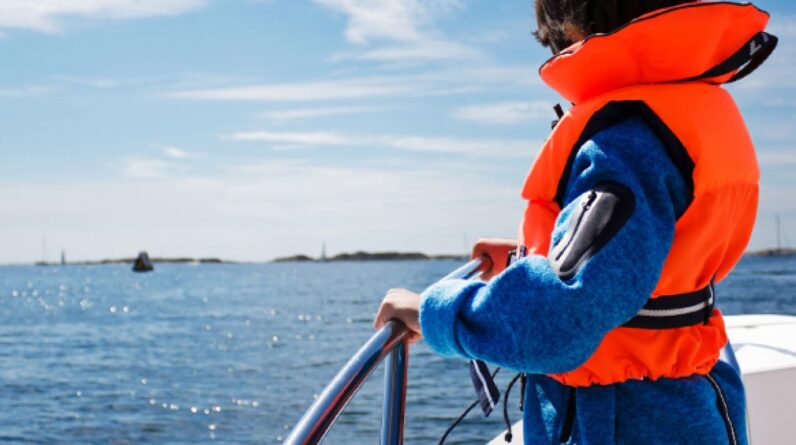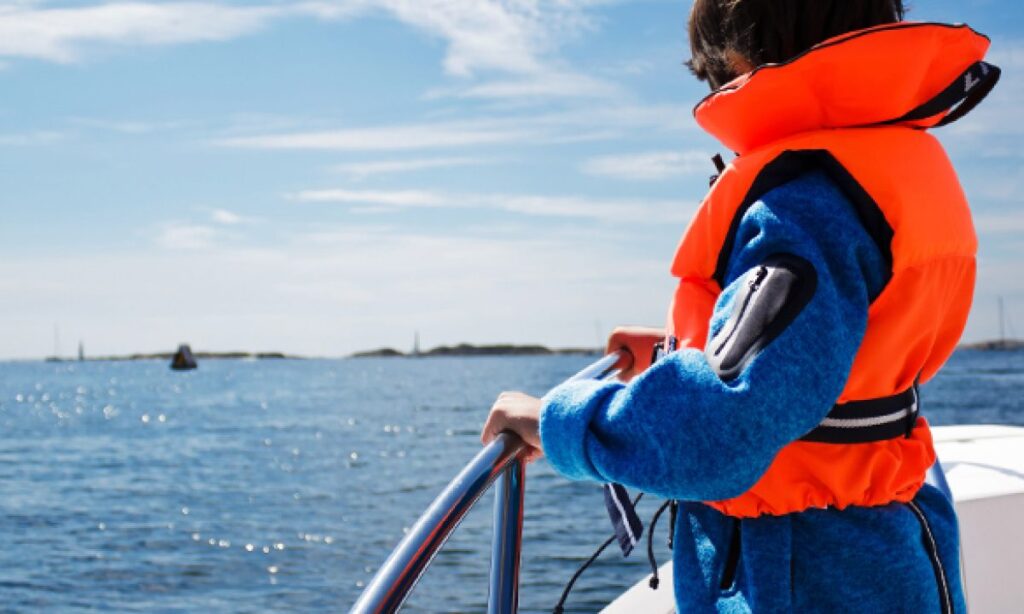
Imagine the thrill of gliding through the water, the sun shining down on your face as you conquer the waves. However, amidst all the joy and exhilaration in water sports, there is a hidden danger that often goes unnoticed – hand injuries. Whether it’s from gripping the paddle too tightly in kayaking or the impact of a fall while wakeboarding, hand injuries can be a common occurrence. In this article, we will explore effective methods for preventing and treating hand injuries in water sports, ensuring you stay safe and get the most out of your aquatic adventures.

This image is property of images.unsplash.com.
Preventing Hand Injuries
Proper Warm-up and Stretching
One of the key ways to prevent hand injuries in water sports is to properly warm up and stretch before engaging in any physical activity. By warming up, you increase blood flow to your muscles and prepare them for the demands of the sport. Stretching helps to improve flexibility and range of motion, reducing the risk of strain and injury. Take a few minutes before getting in the water to do some dynamic stretches that involve actively moving your joints and muscles. This can include wrist circles, finger stretches, and arm swings. By incorporating a proper warm-up and stretching routine into your water sports activities, you are setting a strong foundation for preventing hand injuries.
Wearing Protective Gear
Another essential aspect of preventing hand injuries in water sports is wearing the appropriate protective gear. This includes protective gloves specifically designed for water sports that provide cushioning and support to your hands and wrists. These gloves create a barrier between your hands and potential hazards, such as rough surfaces or sharp objects in the water. Additionally, consider using wrist guards or splints, especially for high-impact water sports like kiteboarding or wakeboarding. Wrist guards can help prevent fractures and dislocations by stabilizing the wrists during falls or impacts.
Maintaining Proper Technique
Maintaining proper technique while participating in water sports is crucial for preventing hand injuries. Improper form and technique can put unnecessary strain on your hands and increase the risk of sprains, strains, and other injuries. It is essential to receive proper training and guidance from experienced instructors to ensure you are using the correct hand and wrist positions and movements. By understanding and implementing proper technique, you can significantly reduce the likelihood of hand injuries while enjoying your favorite water sports.
Understanding the Game Environment
Understanding the game environment is essential for preventing hand injuries in water sports. Each water sport has its unique set of challenges and potential hazards that can lead to injuries. For example, if you are participating in surfing, it is important to familiarize yourself with the water conditions, including the presence of rocks, reefs, or other hidden obstacles. Knowing the environment helps you make informed decisions, allowing you to avoid potential hand injuries. Be aware of currents, tides, and any other factors that can impact the safety of your hand during water sports activities.
Hydration and Nutrition
Staying hydrated and maintaining proper nutrition is often overlooked but plays a crucial role in preventing hand injuries in water sports. Dehydration can affect your muscle function and coordination, increasing the risk of accidents and injuries. Make sure to drink plenty of water before, during, and after your water sports activities. Additionally, maintaining a well-balanced diet that includes foods rich in essential nutrients can provide your body with the necessary fuel for optimal performance and recovery. Consider incorporating foods rich in calcium, vitamin D, and protein to support strong and healthy hands.
Treating Hand Injuries
Recognizing and Assessing the Injury
While prevention is the best approach, accidents can still happen. It is important to be able to recognize and assess hand injuries to provide appropriate care and prevent further damage. If you experience immediate pain, swelling, or difficulty moving your hand or fingers after a water sports accident, it is crucial to seek medical attention. Additionally, if there is an open wound or deformity, it is best to get a professional evaluation. Properly recognizing and assessing the injury can help guide the next steps in the treatment process.
Immediate First Aid Measures
In the event of a hand injury, taking immediate first aid measures can help alleviate pain and reduce the severity of the injury. First, stop any bleeding by applying direct pressure with a clean cloth or bandage. Elevate the injured hand to help reduce swelling. Applying an ice pack wrapped in a cloth can also help decrease pain and swelling. Remember to never apply ice directly to the skin to prevent ice burn. Resting the injured hand and avoiding any further activities that may aggravate the injury is essential during the initial stages of treatment.
Medical Attention and Diagnosis
Seeking professional medical attention is crucial for the accurate diagnosis and appropriate treatment of hand injuries. Depending on the severity of the injury, you may need to visit a doctor, orthopedic specialist, or hand surgeon. They will perform a thorough examination, potentially including imaging tests like X-rays or MRI scans, to determine the extent of the injury. Proper diagnosis is essential for developing an effective treatment plan tailored to your specific needs.
Immobilization and Rest
For many hand injuries, immobilization and rest are key components of the treatment process. This may involve using splints, casts, or braces to keep the injured hand and wrist in a stable position and promote healing. Immobilization allows the injured structures to rest and reduces the risk of further damage. It is important to adhere to the recommended immobilization period provided by your healthcare professional to ensure proper healing.
Rehabilitation and Exercise
Once the initial healing phase is complete, rehabilitation and exercise play a critical role in restoring function and full range of motion to the injured hand. Under the guidance of a physical therapist or an occupational therapist, you will be guided through specific exercises designed to improve strength, flexibility, and coordination. These exercises may include gripping exercises, finger movements, and hand stretches. Following a structured rehabilitation program can help ensure a safe and successful recovery from hand injuries.
Preventing Future Injuries
After recovering from a hand injury, it is important to take steps to prevent future injuries during water sports activities. This includes continuing to maintain proper technique, following warm-up and stretching routines, and using protective gear, such as gloves and wrist guards. Additionally, listening to your body, avoiding overexertion, and gradually increasing the intensity and duration of your water sports activities can help prevent overuse injuries. Taking proactive measures to prevent future injuries will ensure you can continue enjoying water sports while keeping your hands safe.

This image is property of www.inyourhometherapy.com.
Specific Hand Injuries in Water Sports
Cuts and Abrasions
Cuts and abrasions are common hand injuries in water sports, especially when there are sharp objects or rough surfaces present. This can happen when surfing over reefs or rocks, paddleboarding in shallow waters, or handling equipment with sharp edges. Wearing protective gloves specifically designed for water sports can significantly reduce the risk of cuts and abrasions. Additionally, regularly checking and maintaining your equipment can help identify any potential hazards that may cause hand injuries.
Sprains and Strains
Sprains and strains occur when ligaments or tendons in the hand are stretched or torn, often due to excessive force or sudden movements. These injuries can happen during activities like wakeboarding, waterskiing, or kiteboarding, where gripping and twisting motions put strain on the hand. Preventing sprains and strains involves using proper protective taping or bracing techniques to provide support to the hand and wrist. Regularly building up strength and flexibility in your hands and wrists through exercises can also help prevent these injuries.
Fractures and Dislocations
Fractures and dislocations are more severe hand injuries that can occur in water sports. High impact landings or collisions with objects in the water can result in fractures, where the bone breaks, or dislocations, where the bone is forced out of its normal position. To prevent fractures and dislocations, it is important to understand your limits and skill level and avoid high impact landings whenever possible. Using protective equipment such as wrist guards can provide added support and stability to prevent these injuries. Proper falling techniques can also help minimize the risk of fractures and dislocations.
Tendon and Ligament Injuries
Tendon and ligament injuries can occur when these soft tissues connecting muscles and bones in the hands are strained, torn, or ruptured. These injuries can result from repetitive motions, sudden movements, or excessive force placed on the hand. Preventing tendon and ligament injuries involves resting and allowing sufficient time for the injured tissues to heal. Anti-inflammatory medications may be prescribed by a healthcare professional to reduce pain and inflammation. Physical therapy and rehabilitation are crucial components of the treatment process to gradually restore strength, stability, and function to the injured hand.

This image is property of islandmarinerentals.com.






